In the realm of creative operations, the integration of data science has emerged as a game-changer, bringing about a paradigm shift in how creative professionals manage their workflows. Data science, with its analytical and predictive capabilities, is revolutionizing the creative process, leading to enhanced efficiency and improved quality in various aspects of creative operations. In this article, we will explore the role of data science in creative operations and how it contributes to the optimization of processes and outcomes.
Understanding the Landscape of Creative Operations
Contents
Creative operations encompass a wide range of activities, including project management, asset creation, collaboration, and workflow optimization. These processes involve intricate decision-making, resource allocation, and adherence to project timelines. Data science steps in by leveraging data-driven insights to inform and guide these processes, ultimately driving more informed and effective decision-making.
Key Contributions of Data Science in Creative Operations
- Predictive Analytics for Resource Allocation: Data science enables the analysis of historical data to predict future resource needs. By understanding patterns in project timelines, resource utilization, and team efficiency, creative operations can optimize resource allocation, ensuring that projects are adequately staffed and deadlines are met.
- Workflow Optimization: Through the analysis of workflow data, data science helps identify bottlenecks, redundancies, and areas for improvement. This optimization not only accelerates project timelines but also enhances the overall efficiency of creative teams, allowing them to focus on high-impact tasks.
- Personalization in Content Creation: Data science facilitates the analysis of audience behavior and preferences. Creative professionals can leverage this information to personalize content, ensuring that it resonates with the target audience. Whether in marketing, design, or content creation, personalization enhances engagement and effectiveness.
- Quality Assurance through Data-Driven Insights: Data science enables the implementation of quality assurance measures by analyzing the success and failure patterns of past projects. By identifying factors that contribute to successful outcomes, creative operations can establish best practices, leading to consistently high-quality results.
Practical Applications of Data Science in Creative Operations
- Demand Forecasting: Data science can analyze historical demand for specific creative outputs, helping teams anticipate future needs and allocate resources accordingly. This is particularly beneficial for industries with seasonal or cyclical demands.
- Image Recognition and Tagging: Advanced algorithms in data science enable image recognition and tagging, automating the process of categorizing and organizing visual assets. This streamlines asset management and accelerates the search and retrieval process.
- A/B Testing for Creative Elements: A/B testing, a common practice in data science, can be applied to creative elements such as design, messaging, and visuals. This iterative testing process allows creative teams to refine and optimize their work based on real-time feedback and data-driven insights.
- Trend Analysis in Design: Data science tools can analyze design trends by examining social media engagement, industry publications, and user behavior. This helps creative professionals stay ahead of the curve and produce content that aligns with current trends.
Overcoming Challenges and Ethical Considerations
While data science brings numerous benefits to creative operations, it is essential to address challenges and ethical considerations. Ensuring data privacy, maintaining transparency, and mitigating biases in algorithms are crucial aspects that creative professionals must navigate to harness the full potential of data science responsibly.
Conclusion
Data science is a transformative force in the realm of creative operations, offering unprecedented insights and opportunities for optimization. By leveraging analytics, predictive modeling, and automation, creative professionals can enhance efficiency, achieve higher quality outcomes, and stay competitive in an increasingly data-driven landscape. As the synergy between data science and creative operations continues to evolve, creative professionals can look forward to a future where innovation and efficiency go hand in hand, pushing the boundaries of what is possible in the dynamic world of creative endeavors.





